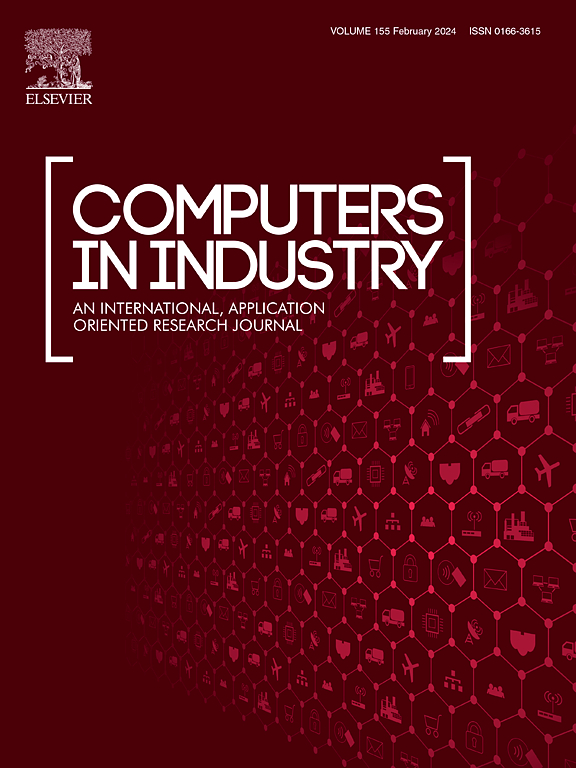Research on autonomous positioning and adaptive compliant plugging strategies of intelligent charging robots
IF 9.1
1区 计算机科学
Q1 COMPUTER SCIENCE, INTERDISCIPLINARY APPLICATIONS
引用次数: 0
Abstract
With the continuous increase in the number of EVs, intelligent charging has become a critical challenge for power supply infrastructure. Charging robots, equipped with batteries and charging guns, are capable of performing autonomous charging and have emerged as a focal point for research for leading robotics companies. However, during the autonomous charging process, several challenges remain, particularly with regard to the precise positioning of the charging port and the compliance of the manipulator during the plug-in operation. We introduce an autonomous charging strategy for charging robots, tailored for EV charging tasks. The existing two-dimensional image registration technology is extended to three dimensions, and a novel autonomous positioning method based on point cloud information is proposed, enabling real-time attitude estimation of the robot in the vehicle coordinate system. ArUco markers are employed to locate the charging port, and a segmented PID control strategy is proposed to adjust the robot's posture, ensuring it correctly faces the charging port. By integrating fuzzy logic with impedance control, the compliance of the robot's plugging action is enhanced. Furthermore, a charging robot platform is developed, and experimental tests for charging EVs are conducted, demonstrating the feasibility and effectiveness of the proposed approach.
智能充电机器人自主定位与自适应柔性充电策略研究
随着电动汽车数量的不断增加,智能充电已成为供电基础设施面临的严峻挑战。配备电池和充电枪的充电机器人能够进行自主充电,已成为领先机器人公司的研究焦点。然而,在自动充电过程中,仍然存在一些挑战,特别是在充电端口的精确定位和插入操作期间机械手的顺应性方面。本文介绍了一种针对电动汽车充电任务的充电机器人自主充电策略。将现有的二维图像配准技术扩展到三维,提出了一种基于点云信息的自主定位方法,实现了机器人在车辆坐标系下的实时姿态估计。采用ArUco标记定位充电口,并提出分段PID控制策略调整机器人姿态,保证机器人正确面对充电口。将模糊逻辑与阻抗控制相结合,增强了机器人插拔动作的顺应性。开发了充电机器人平台,并进行了电动汽车充电实验测试,验证了该方法的可行性和有效性。
本文章由计算机程序翻译,如有差异,请以英文原文为准。
求助全文
约1分钟内获得全文
求助全文
来源期刊

Computers in Industry
工程技术-计算机:跨学科应用
CiteScore
18.90
自引率
8.00%
发文量
152
审稿时长
22 days
期刊介绍:
The objective of Computers in Industry is to present original, high-quality, application-oriented research papers that:
• Illuminate emerging trends and possibilities in the utilization of Information and Communication Technology in industry;
• Establish connections or integrations across various technology domains within the expansive realm of computer applications for industry;
• Foster connections or integrations across diverse application areas of ICT in industry.
 求助内容:
求助内容: 应助结果提醒方式:
应助结果提醒方式:


